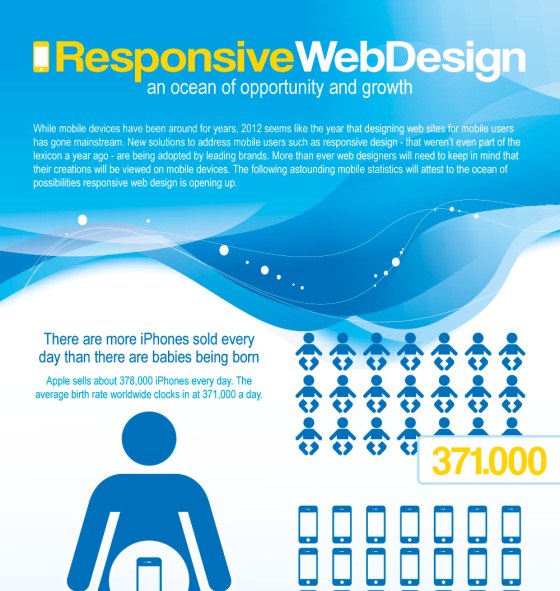Interested In Learning How Website Layout Has Changed Throughout The Years? Discover The Development From Fundamental, Simple Layouts To User-Centered Techniques That Focus On The Demands And Choices Of On-Line Visitors
Interested In Learning How Website Layout Has Changed Throughout The Years? Discover The Development From Fundamental, Simple Layouts To User-Centered Techniques That Focus On The Demands And Choices Of On-Line Visitors
Blog Article
Short Article By-Lamb Singer
In the past, internet sites were easy and concentrated on details. Navigation was straight, and layout was for desktops. Currently, user experience is key. Information overviews designs for simple navigation. Receptive designs suit various tools. Today, dark setting decreases strain, and minimalist food selections improve navigation. Interactive functions involve customers, and bold visuals stick out. AI assimilation boosts engagement. See how design has evolved to enhance your on the internet journey.
Very Early Days of Web Design
In the early days of web design, simplicity reigned supreme. Websites were standard, with minimal shades, fonts, and formats. The emphasis was on providing info as opposed to showy visuals. Customers accessed the web via slow-moving dial-up links, so rate and functionality were essential.
Navigation menus were straightforward, generally situated at the top or side of the web page. Sites were designed for home computer, as mobile browsing wasn't yet widespread. Content was king, and designers prioritized very easy readability over complicated style aspects.
HTML was the key coding language utilized, and designers had to function within its constraints. Animations and interactive functions were very little contrasted to today's requirements. Web sites were fixed, with little vibrant material or individualized user experiences.
Increase of User-Focused Layout
With the evolution of website design, a shift towards user-focused design concepts has actually ended up being progressively noticeable. Today, creating web sites that focus on user experience is important for involving site visitors and accomplishing service goals. just click the following internet site -focused layout includes understanding the demands, choices, and habits of your target audience to tailor the site's format, content, and features appropriately.
Designers now conduct complete research, such as individual surveys and functionality screening, to collect understandings and feedback directly from individuals. This data-driven approach assists in creating instinctive navigation, clear calls-to-action, and visually enticing interfaces that resonate with site visitors. By putting the customer at the center of the layout procedure, internet sites can deliver an extra personalized and delightful experience.
Responsive style has actually also emerged as a vital aspect of user-focused style, making sure that web sites are maximized for numerous tools and display sizes. This flexibility boosts access and usability, accommodating the varied ways individuals engage with internet sites today. Essentially, the increase of user-focused style indicates a change in the direction of producing electronic experiences that focus on the demands and assumptions of completion user.
Modern Trends in Website Design
Discover the current trends shaping web design today. One famous trend is dark setting style, using a streamlined and contemporary look while lowering eye pressure in low-light atmospheres. An additional vital pattern is minimal navigating, streamlining menus and enhancing customer experience by concentrating on essential elements. Integrating micro-interactions, such as computer animated switches or scrolling impacts, can develop a more interesting and interactive web site. Receptive design continues to be vital, making sure seamless user experiences throughout different gadgets. Additionally, using vibrant typography and unbalanced designs can include aesthetic rate of interest and draw attention to details material.
Integrating AI modern technology, like chatbots for customer support or tailored referrals, improves individual engagement and improves processes. Access has also become a significant fad, with designers focusing on inclusive design methods to cater to varied individual requirements. Welcoming ada digital compliance by optimizing internet site performance for rate and effectiveness is another emerging trend in web design. Teaming up with customer feedback and data analytics to repeat and boost design continuously is necessary for remaining appropriate in the ever-evolving electronic landscape. By welcoming these modern-day trends, you can create an aesthetically enticing, straightforward web site that reverberates with your audience.
Final thought
As you review the advancement of internet site design from the very early days to now, you can see just how user-focused layout has come to be the driving pressure behind contemporary trends.
Embrace the journey of change and adaptation in website design, always keeping the individual experience at the forefront.
Keep current with the most recent trends and modern technologies, and never ever stop evolving your method to create visually stunning and easy to use web sites.
Advance, adapt, and develop - the future of web design remains in your hands.
